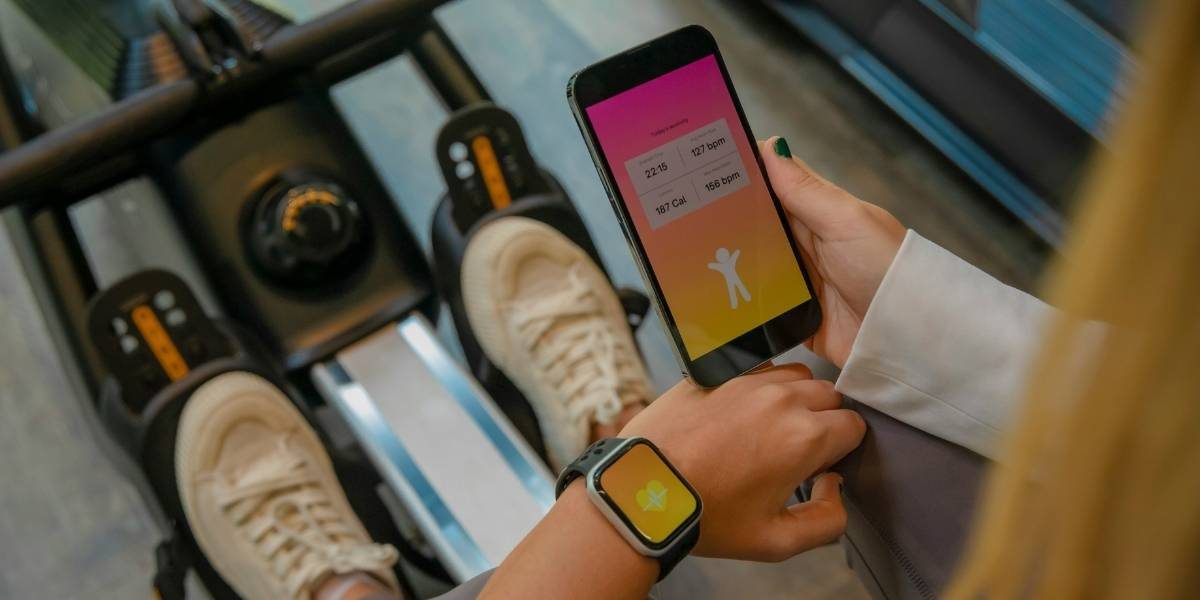Why Are Wearables Becoming Essential for Health and Wellness?
Technology has reshaped how people approach health and fitness, and wearables are at the forefront of this revolution. These smart devices offer real-time health monitoring, activity tracking, and personalized insights that empower individuals to take control of their well-being.
Read Also: Understanding Body Neutrality: Embracing Your Body for What It Can Do
From fitness trackers to smartwatches with health monitoring features, wearables have become more than accessories—they are essential tools for improving fitness, managing chronic conditions, and promoting a healthier lifestyle.
How Do Wearables Support Fitness and Physical Activity?
Wearables have changed how people track and improve their fitness routines. These devices offer real-time data that help individuals stay active and make informed decisions about their physical health.
Smartwatches and fitness trackers monitor steps, heart rate, and calories burned, encouraging users to reach their fitness goals. Many devices offer guided workout plans and performance feedback, helping users optimize their exercise routines.
Athletes benefit from advanced performance tracking, including running metrics, cycling cadence, and heart rate variability. This data helps in identifying strengths, weaknesses, and areas for improvement, leading to better training outcomes.
How Do Wearables Improve Sleep and Recovery?
Quality sleep is crucial for overall health, and wearables provide insights into sleep patterns, duration, and quality. These devices use sensors to detect movement, heart rate fluctuations, and breathing patterns during sleep.
Many wearables offer personalized sleep recommendations, helping users establish better sleep habits and improve recovery. By analyzing sleep trends, users can make adjustments to optimize rest, boost energy levels, and enhance mental clarity.
Can Wearables Help Manage Chronic Health Conditions?
Beyond fitness tracking, wearables are playing a significant role in managing chronic conditions such as heart disease, diabetes, and hypertension. These devices provide continuous monitoring, early warnings, and real-time alerts for users and healthcare providers.
Heart rate and ECG monitoring features help detect irregular heart rhythms and potential cardiovascular risks. Wearables equipped with blood oxygen sensors assist in detecting breathing irregularities, which can be beneficial for individuals with respiratory conditions.
Diabetes management has also improved with wearable glucose monitors. These devices provide continuous blood sugar readings, reducing the need for finger-prick tests and helping users make timely dietary and medication adjustments.
How Are Wearables Enhancing Mental Well-Being?
Health is not just physical—mental wellness is equally important. Wearables now include features that help track stress levels, mindfulness, and emotional well-being.
Many devices offer stress management tools that use heart rate variability to determine stress levels. Guided breathing exercises, meditation reminders, and relaxation techniques are becoming standard features in wearables, helping users reduce stress and maintain emotional balance.
Smartwatches and rings designed for mental wellness track mood patterns, screen time, and mindfulness activities, promoting self-awareness and healthier daily habits.
How Are Wearables Revolutionizing Healthcare?
Wearables are bridging the gap between personal health tracking and professional healthcare. Many devices now sync with electronic health records, allowing doctors to monitor patients remotely.
Healthcare professionals use wearable data to analyze heart health, detect early warning signs of illness, and adjust treatment plans based on real-time data.
Medical alert wearables are also improving patient safety. Devices with fall detection and emergency response features provide peace of mind for individuals at risk of medical emergencies.
What Are the Ethical and Privacy Concerns of Wearables?
While wearables offer life-changing benefits, concerns over data privacy and security remain. These devices collect sensitive health information, raising questions about how data is stored, shared, and protected.
Users must be aware of data-sharing policies and encryption measures when using wearables. Ensuring that health data remains confidential and protected from unauthorized access is crucial for trust and security.
Another concern is data accuracy. While wearables provide valuable insights, they are not a replacement for medical-grade equipment. Users should consult healthcare professionals for critical health decisions rather than relying solely on wearable data.
Are Wearables the Future of Health and Wellness?
Wearables have evolved from simple step counters to powerful health-monitoring tools that provide personalized insights, fitness tracking, and medical support. Their ability to enhance daily health habits, improve sleep, and assist in chronic disease management makes them an indispensable part of modern wellness.
Read Also: Understanding TMJ Disorder and How to Treat It Effectively
As technology advances, wearables will continue to integrate more sophisticated health monitoring features, AI-driven insights, and personalized healthcare solutions. Their potential to empower individuals and support healthcare providers makes them a driving force in the future of health and wellness.
Published by Drake M.







